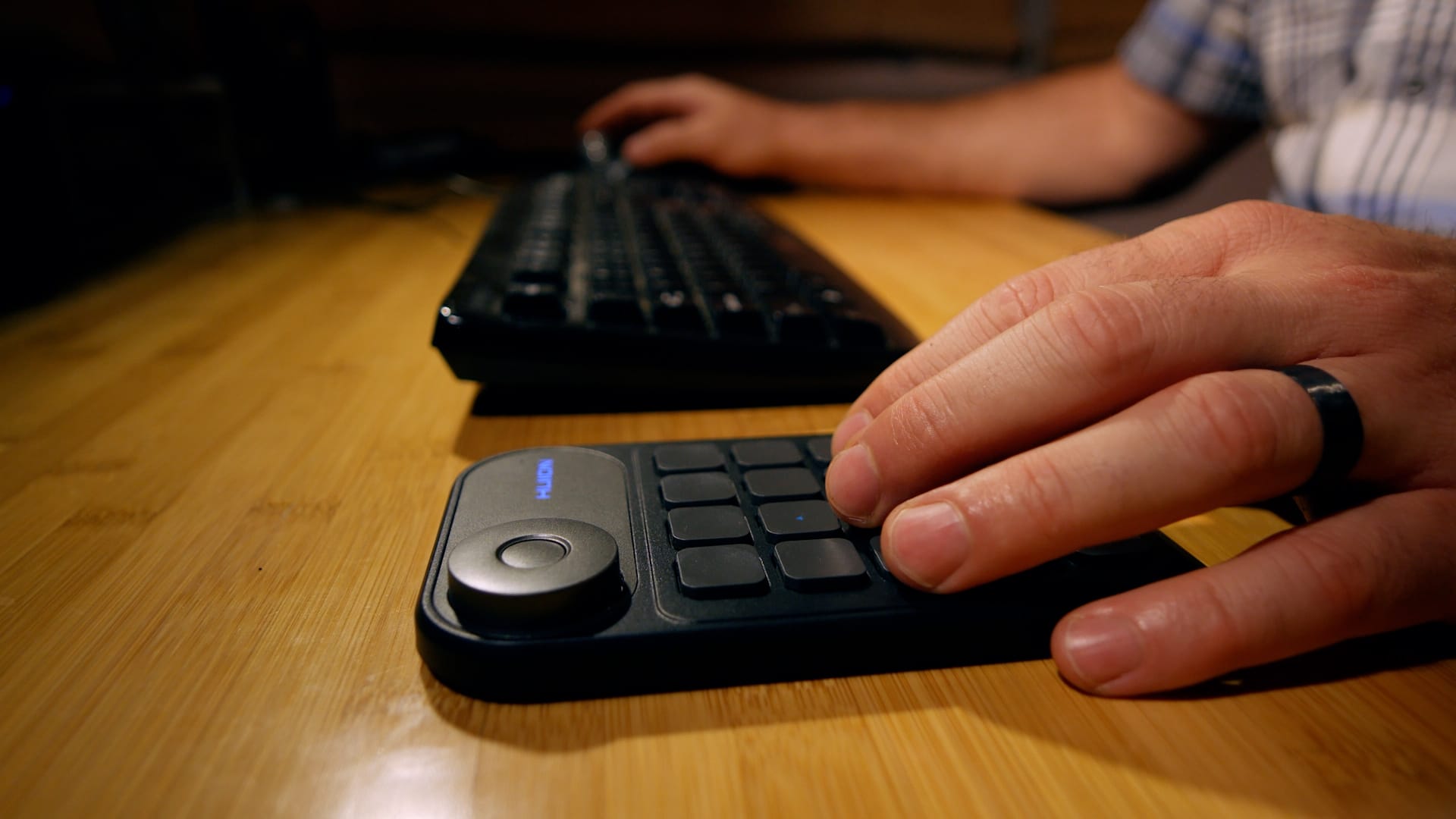*This post contains affiliate links. I receive a commission if you visit a link and buy something on my recommendation. Purchasing via an affiliate link doesn’t cost you any extra.
For video editors on a budget, choosing the right creative controller can be a game-changer. Two popular and affordable alternatives to higher-end devices are the Huion Keydial Mini (K20) and the XP-Pen Wireless Shortcut Remote (ACK05). While one appeared to be superior on paper, real-world use provided surprising results. This detailed comparison will help you decide which controller best suits your video editing workflow.
Design and Build Quality
Both the Keydial Mini and the Wireless Shortcut Remote aim to provide essential video editing functionality, allowing you to scrub footage, set in/out points, cut clips, adjust audio, and apply effects without constantly switching between your keyboard and mouse. This can significantly speed up your editing process.
Huion Keydial Mini (K20)

The Keydial Mini sports a sleek, minimalist design. It features a dial with clickable increments, a central button, and 18 scissor-switch keys. Some keys have distinct blue markings and slight indentations, which are helpful tactile cues. While it manages to fit a lot of functionality into a compact size, its dimensions mean some keys are harder to reach, potentially leading to less comfortable use during extended sessions.
XP-Pen Wireless Shortcut Remote (ACK05)
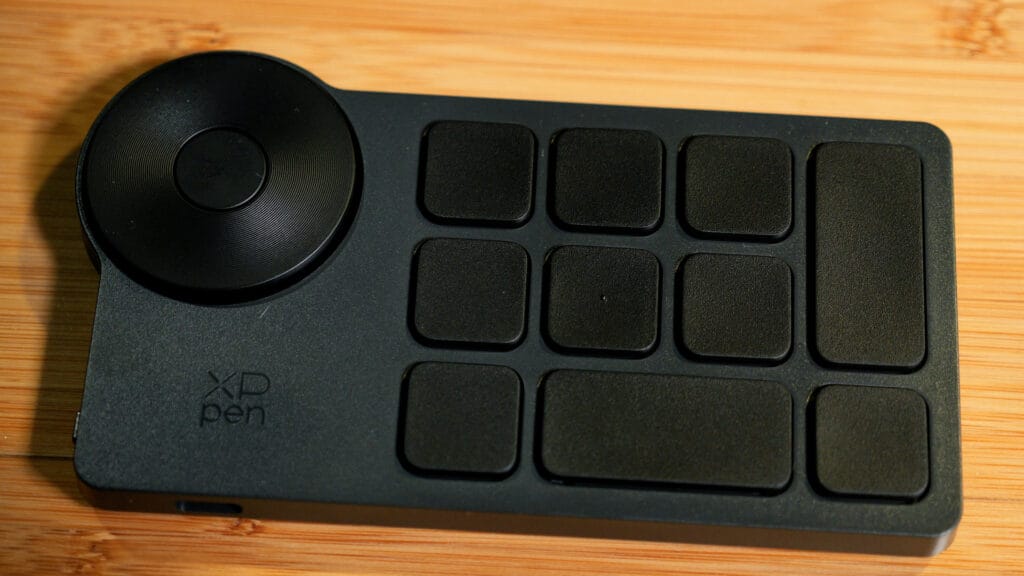
The Wireless Shortcut Remote is even lighter and smaller, making it ideal for portability. It boasts a professional aesthetic with 10 customizable shortcut buttons and a larger physical dial with clickable increments and a central button. XP-Pen claims its keycaps and dial are coated to resist sweat and stains, enhancing durability. The larger dial on the XP-Pen is notably more comfortable and enjoyable to operate.
Comfort and Portability
Both controllers offer a satisfying tactile experience. However, the Wireless Shortcut Remote prioritizes extreme portability, while the Keydial Mini provides a larger surface with more direct keys. During long editing sessions, the Wireless Shortcut Remote proved to be more comfortable due to less finger stretching. Despite their lightweight design, both controllers remained firmly planted on the desktop. Additionally, both come with pre-made and custom key labels.
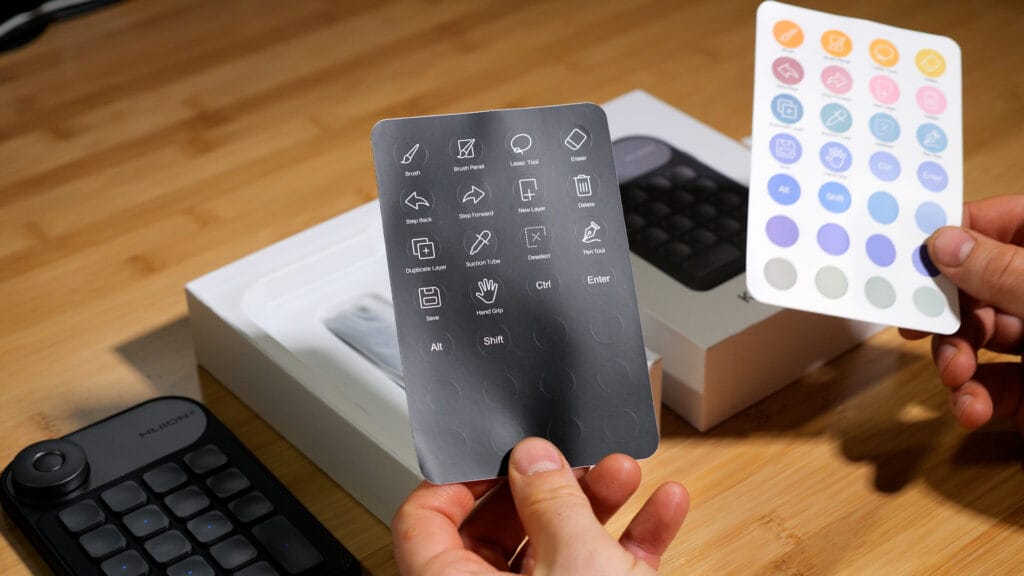
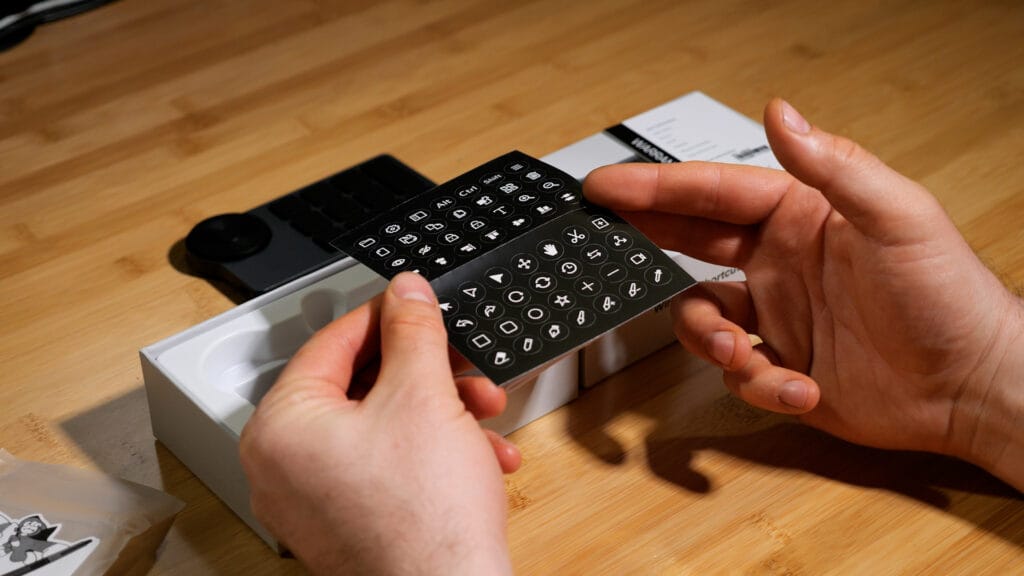
Verdict on Design: The XP-Pen Wireless Shortcut Remote’s design and build quality, particularly its more comfortable and tactile dial, edged out the Keydial Mini.
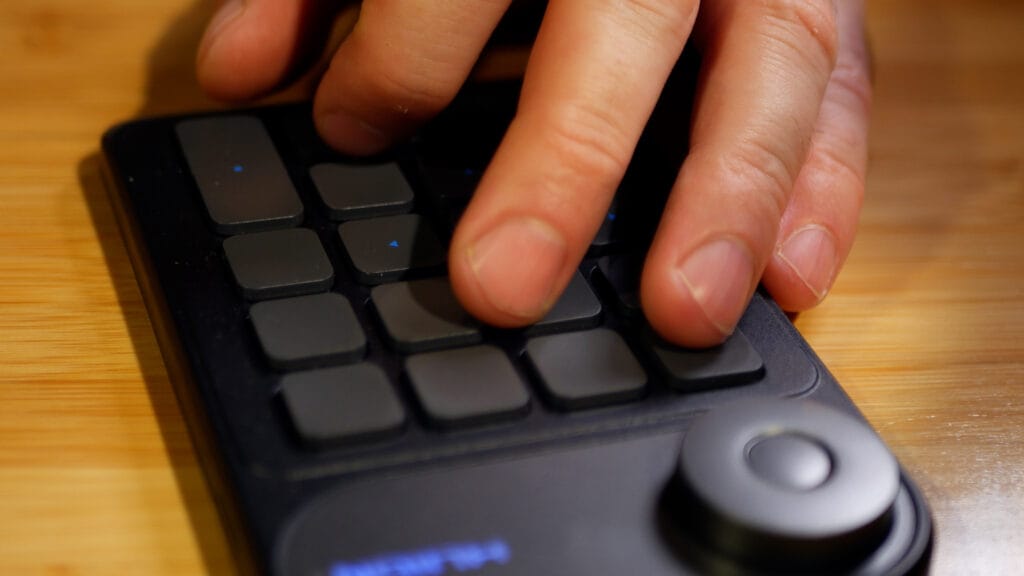
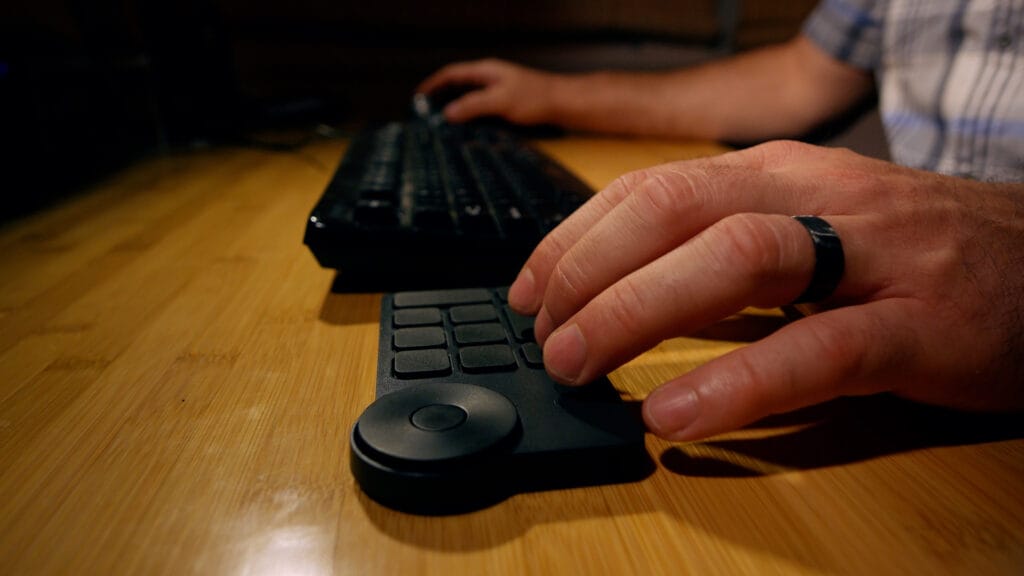
Customization and Software
Both controllers offer extensive customization options, but their approaches differ.
Huion Keydial Mini (K20)
The Keydial Mini offers 18 programmable keys and a dial with three interchangeable functions. This allows for a wide array of shortcuts. The dial facilitates quick adjustments like frame-by-frame scrubbing, timeline zooming, and slider adjustments, with the central button seamlessly switching between the three programmable dial functions. The Huion driver supports per-application customization and includes a helpful “Setting Preview” feature for learning key layouts.
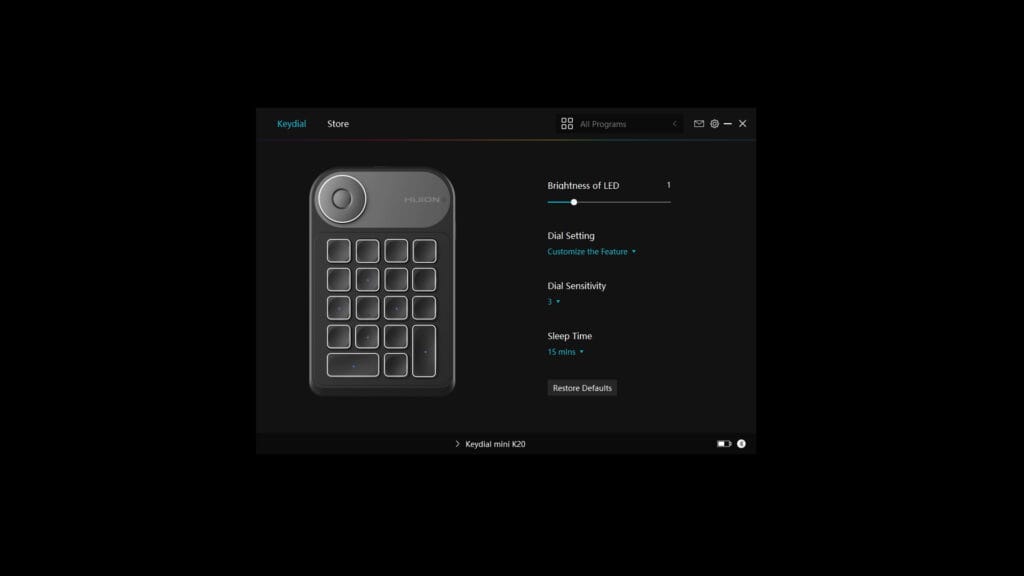
XP-Pen Wireless Shortcut Remote (ACK05)
The Wireless Shortcut Remote emphasizes layered customization. Despite having only 10 physical keys, its driver software allows for programming four different sets of shortcuts, potentially providing access to up to 36 unique commands if one key on each layer is dedicated to switching between layers. A single key press allows for quick layer switching. Its physical dial also offers precise control for timeline navigation, zooming, and jumping to edit points. Notably, the XP-Pen’s dial offers one more programmable function than the Keydial Mini, providing 4 instead of 3.
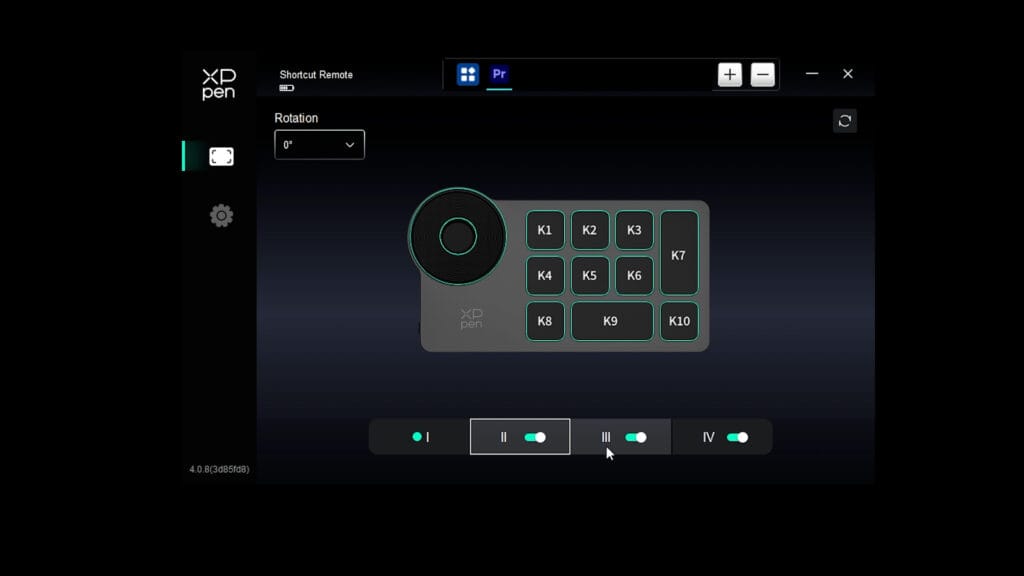
Verdict on Customization: The XP-Pen Wireless Shortcut Remote offers significantly more functional hotkeys through its layering system, making it highly adaptable for complex workflows.
Connectivity and Compatibility
Both controllers offer similar connectivity and broad compatibility.
Huion Keydial Mini (K20)
- Wireless: Bluetooth 5.0 (up to 10 meters)
- Wired: USB-C (for connection and charging)
- Compatibility: Windows, Mac, various pen tablets and displays.
XP-Pen Wireless Shortcut Remote (ACK05)
- Wireless: Bluetooth 5.0, includes a Bluetooth dongle for computers without built-in Bluetooth.
- Wired: USB-C (for connection and charging)
- Compatibility: Windows, Mac.
Both controllers are compatible with most major creative software, including Adobe Premiere Pro, DaVinci Resolve, and Final Cut Pro, and can also be used for general productivity and gaming. While the Huion driver worked without issue, the XP-Pen driver frequently shut down during key programming in Premiere, which was an annoyance.
Battery Life
Battery performance is a key differentiator between the two devices.
| Controller | Battery Capacity | Continuous Use | Standby Time | Full Charge Time | Can Be Used While Charging |
|---|---|---|---|---|---|
| Huion Keydial Mini (K20) | 1200 mAh | 70 hours | 3 months | 3.6 hours | No |
| XP-Pen Wireless Shortcut Remote (ACK05) | 1000 mAh | 300 hours | 10 months | (Not specified) | Yes |
The XP-Pen Wireless Shortcut Remote boasts significantly longer battery life despite a smaller battery capacity, offering impressive continuous use and standby times.
Video Editing Functionality and Real-World Use
This is where personal preference and workflow truly come into play.
Timeline Navigation and Precision
Both controllers excel in timeline navigation and precision, largely thanks to their tactile dial controllers. The dials provide satisfyingly precise, clicky feedback crucial for nuanced adjustments like scrubbing frame-by-frame, zooming in/out of the timeline, or adjusting parameters.
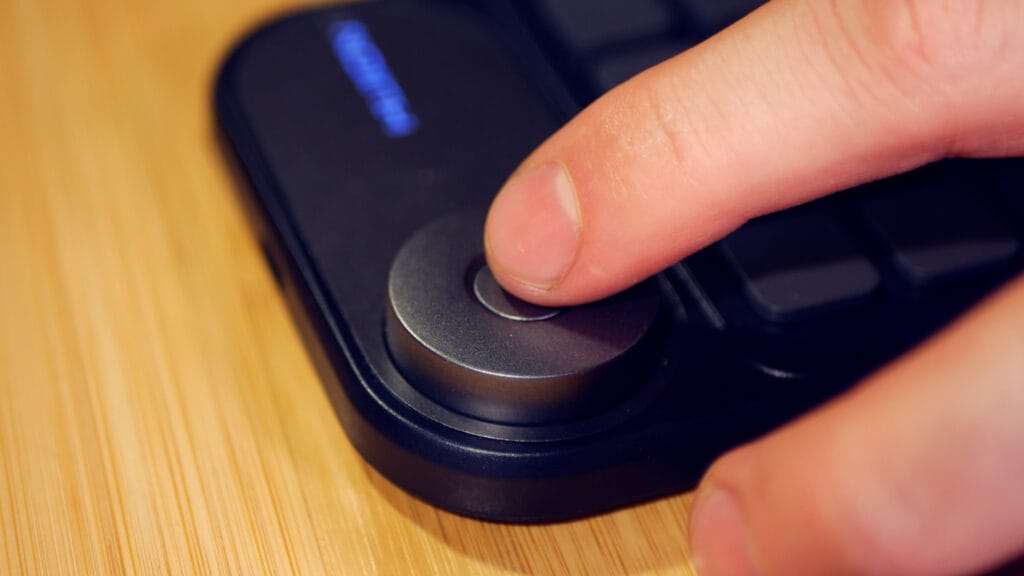
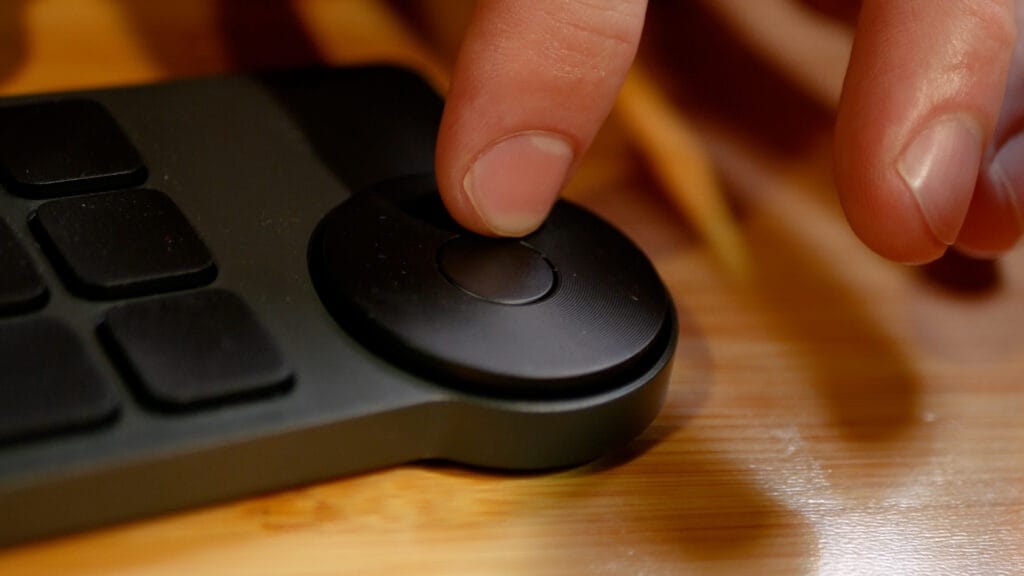
Shortcut Access and Efficiency
Huion Keydial Mini: With 18 physical keys, the Keydial Mini allows for direct, one-press access to a substantial number of your most-used shortcuts. This is ideal for editors who rely heavily on a consistent set of 15-18 hotkeys.

XP-Pen Wireless Shortcut Remote: While it has fewer physical keys (10), its four programmable layers offer much more control for complex video editing. For example, Layer 1 could be for basic editing, Layer 2 for audio, Layer 3 for color grading, and Layer 4 for effects. This layering significantly expands the available hotkeys, making it adaptable for editors who switch between different post-production stages or use a wide array of commands. The quick layer-switching button is very beneficial.
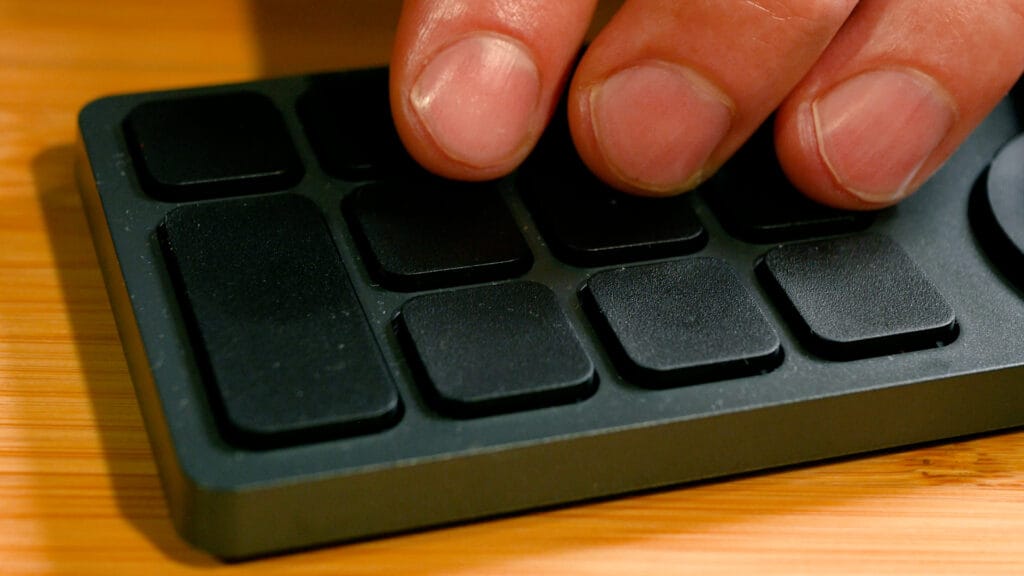
Portability and Ergonomics
- XP-Pen Wireless Shortcut Remote: Lighter and slightly smaller, making it the more portable option. The “braille-like” protruding dot on the middle key aids in touch-typing shortcuts without looking.
- Huion Keydial Mini: Still very portable, but slightly heavier and larger. Its keys have slight indents rather than pronounced dots, making key identification by touch a bit harder.
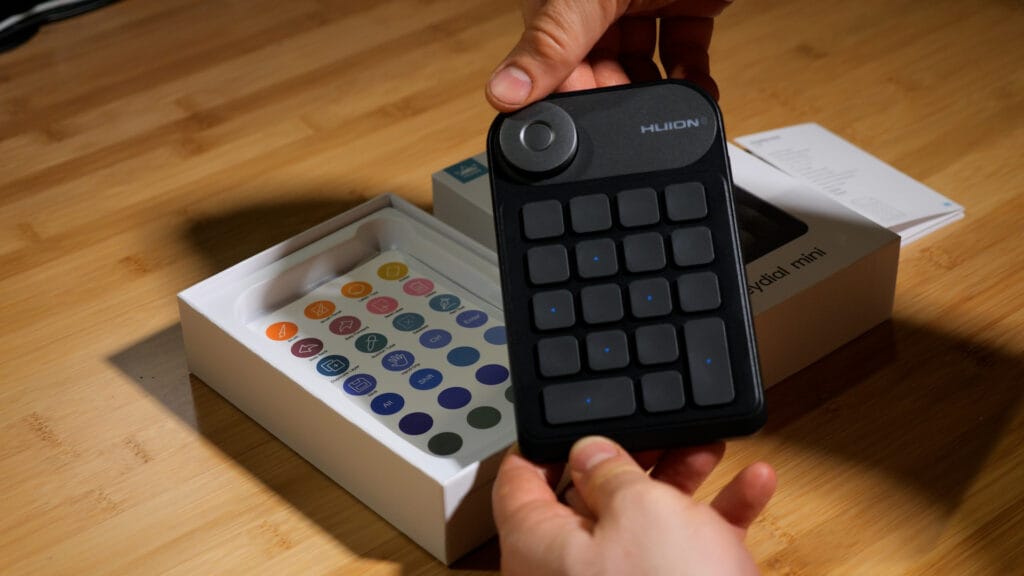
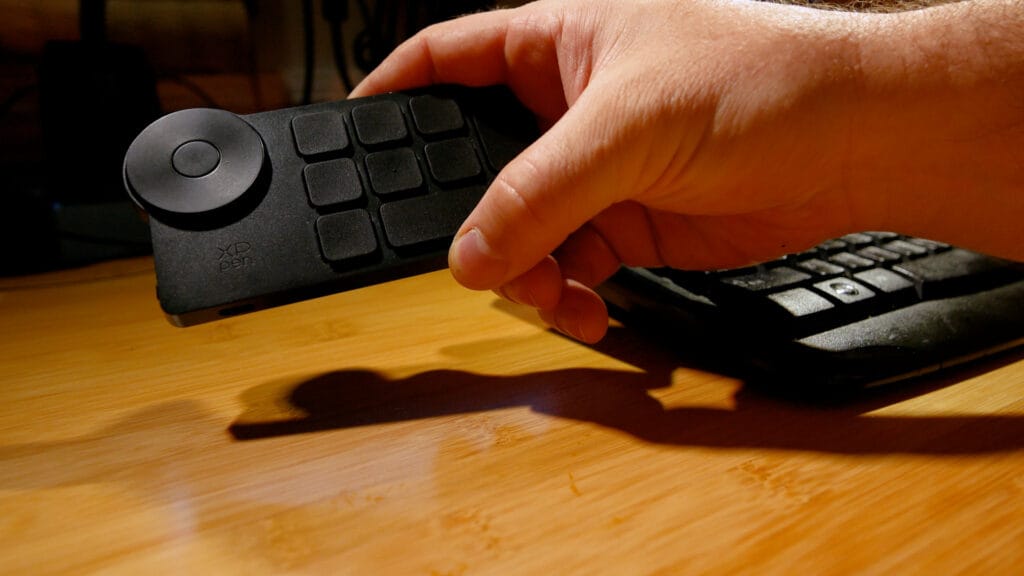
The Surprising Reality: Workflow Impact
On paper, the Wireless Shortcut Remote with its layered customization seemed like the obvious choice for complex video editing. However, in practice, the opposite proved true.
The multiple layers of the XP-Pen Wireless Shortcut Remote actually slowed down the editing process. It was easy to become confused about which layer was active, leading to heavy reliance on the “set preview” function. The constant re-orientation of button layouts with each layer switch was a significant hurdle.
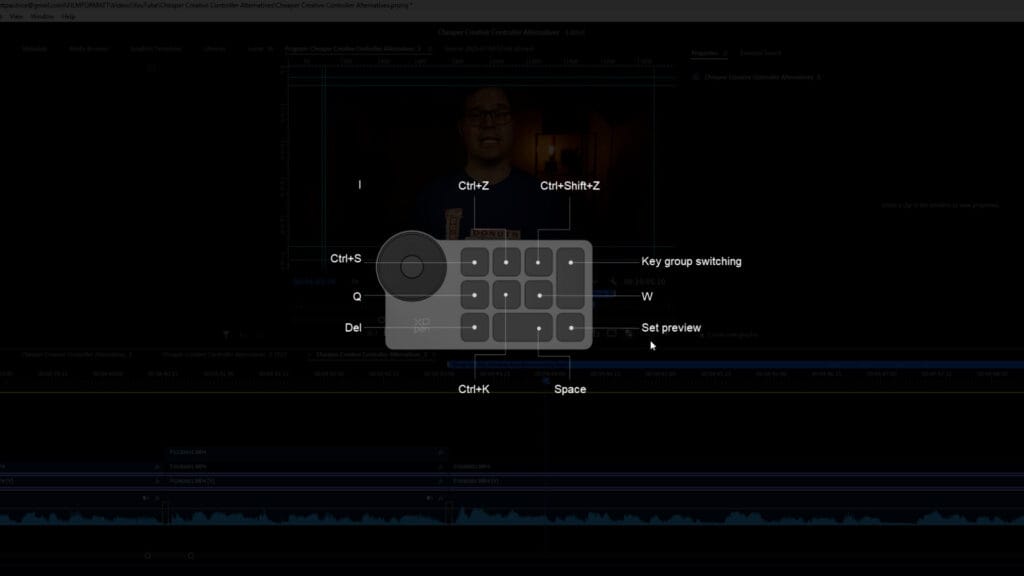
In contrast, the Huion Keydial Mini, despite offering fewer functions, was much easier to program, learn, and use without disrupting workflow. Its simpler design, while less aesthetically appealing and ergonomically challenging for some, and shorter battery life, surprisingly was my preferred console for its ease of use.
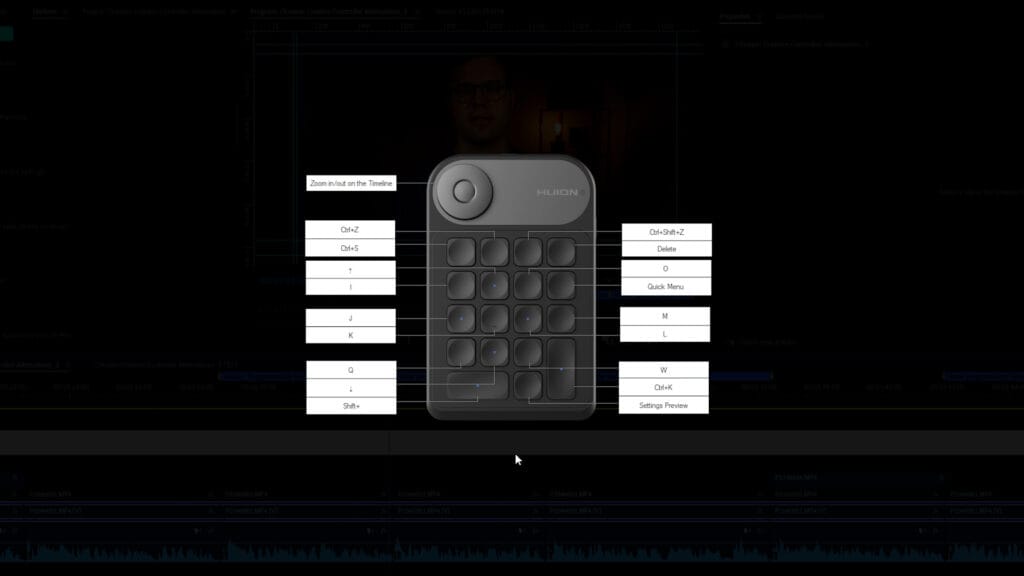
Conclusion
While the XP-Pen Wireless Shortcut Remote offers impressive features, extensive customization through layering, and superior battery life, its complexity in real-world application can surprisingly hinder your video editing workflow. The frequent driver shutdowns were also an annoyance for me.
The Huion Keydial Mini, though simpler in design and offering fewer total functions, proved to be more efficient and less confusing in practice. For editors on a limited budget, the Keydial Mini can significantly improve your editing workflow by offering a straightforward and reliable experience, even if it lacks some of the advanced features and comfort of its competitor.
Ultimately, the “better” controller depends on your personal workflow and how you adapt to layered commands versus direct access. If you prefer a simpler, more immediate approach to your shortcuts, the Keydial Mini might be the unexpected winner for you.
